Summary
DC brushless fans (BLDC fans) have become indispensable for the thermal management of modern electronics, prized for their superior energy efficiency, reliability, and quiet operation.
Originating in the 1980s through advancements in semiconductor technology, these fans represented a major evolution from traditional brushed motors. Today, their integration into systems ranging from consumer electronics to heavy industrial machinery reflects a broad trend toward smarter, more efficient, and environmentally sustainable design.
The primary advantages of DC brushless fans include significantly lower power consumption, minimal maintenance due to the absence of mechanical brushes, and enhanced control through technologies like pulse-width modulation (PWM), which allows for real-time speed adjustments.
These features make BLDC fans ideal for applications where operational costs and environmental impact are major concerns. However, their adoption is not without challenges. Higher initial costs, complex electronic control requirements, and sensitivity to environmental factors are important considerations for engineers and designers.
As the demand for effective cooling solutions grows, BLDC fans remain at the forefront of innovation, with ongoing advancements in smart technology and miniaturization poised to expand their critical role.
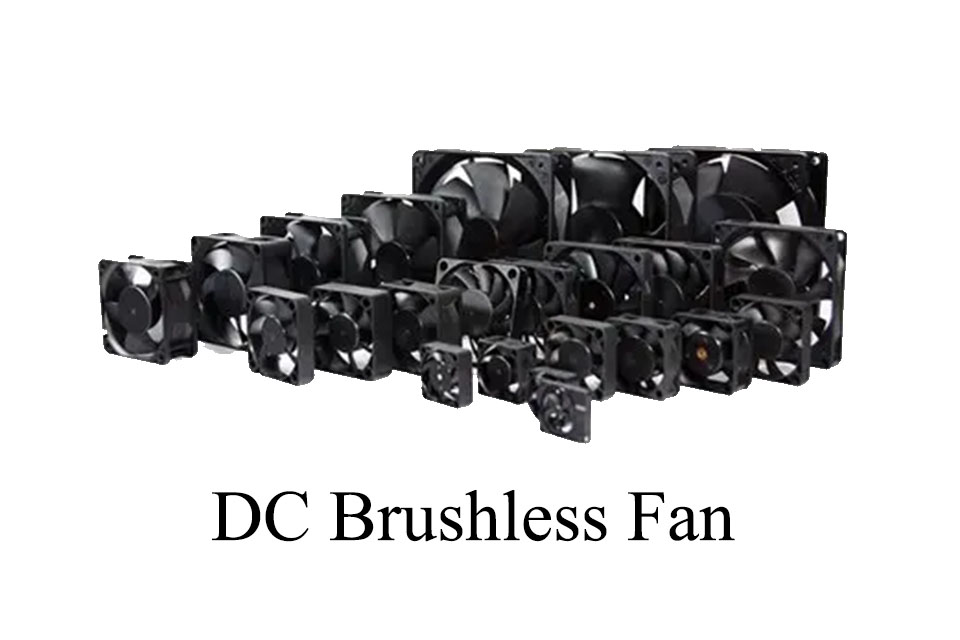
History
The development of brushless DC fan technology was a direct result of significant advancements in semiconductor technology during the 1980s. These breakthroughs allowed for the internal mounting of rectifier circuits, paving the way for the first brushless DC fan and marking a turning point in cooling technology.
This innovation initiated the transition away from traditional brushed motors, which were less efficient and required more maintenance, toward the durable and highly efficient brushless designs that are standard today.
Over the years, engineers have continued to refine BLDC technology, focusing on improving control features, energy efficiency, and overall performance to meet the demands of contemporary product design.
Design and Functionality
DC brushless fans are engineered with advanced features that greatly enhance their performance.
One key innovation is the use of sophisticated blade designs, sometimes inspired by natural aerodynamics, to optimize airflow while minimizing inefficiency and noise. This design is coupled with high-efficiency motors and electronic control systems that deliver superior cooling.
The modular design of these fans allows for seamless integration into various electronic systems, helping manufacturers reduce time-to-market.
Furthermore, their functionality is augmented by advanced control technologies like PWM, which enables engineers to dynamically manage fan speed based on real-time thermal feedback. This precise control enhances operational reliability and ensures the fans perform optimally even under the most demanding conditions.
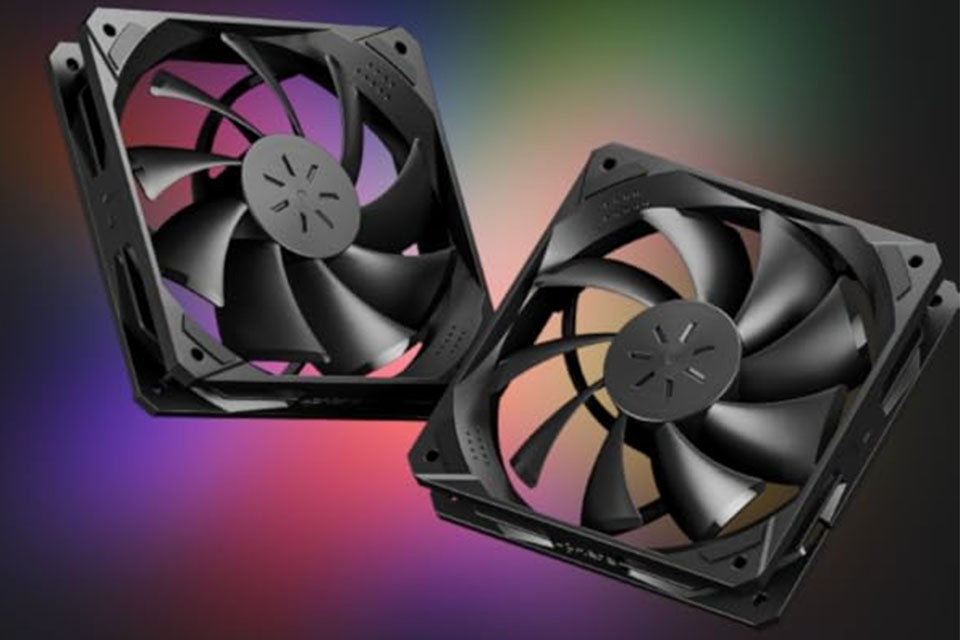
Applications Across Industries
The versatility of brushless DC fans allows them to be used in a vast array of applications. Available in multiple voltage variants, such as 12V, 24V, and 48V, they can be adapted to the specific needs of different devices. In consumer electronics, they are integral to cooling computers, smartphones, and home appliances, ensuring longevity and stable performance.
For industrial applications, DC brushless fans provide essential cooling for equipment like welding machines, automotive coolers, and HVAC systems, where their ability to operate quietly while delivering high airflow is a major benefit.
In the telecommunications and medical fields, their silent operation and reliability are critical for maintaining equipment at safe temperatures without disruption. The growing demand for energy-efficient solutions has also made them a popular choice in emerging markets, where energy conservation is a primary concern.
Key Advantages
The benefits of using DC brushless fans are numerous, making them a preferred choice for modern electronics cooling.
Energy Efficiency
They consume significantly less power compared to traditional AC fans, leading to reduced operational costs and a lower environmental impact.
Reliability and Longevity
By eliminating the mechanical wear associated with brushes, BLDC fans have a considerably extended lifespan, often exceeding 50,000 hours of operation. This reduces the need for replacements and lowers maintenance costs.
Quiet Operation
The absence of brushes dramatically reduces the friction and noise common in conventional fans, making them ideal for noise-sensitive environments.
Compact Design
Their compact size enables easy integration into a wide range of electronic devices, which is particularly beneficial where space is at a premium.
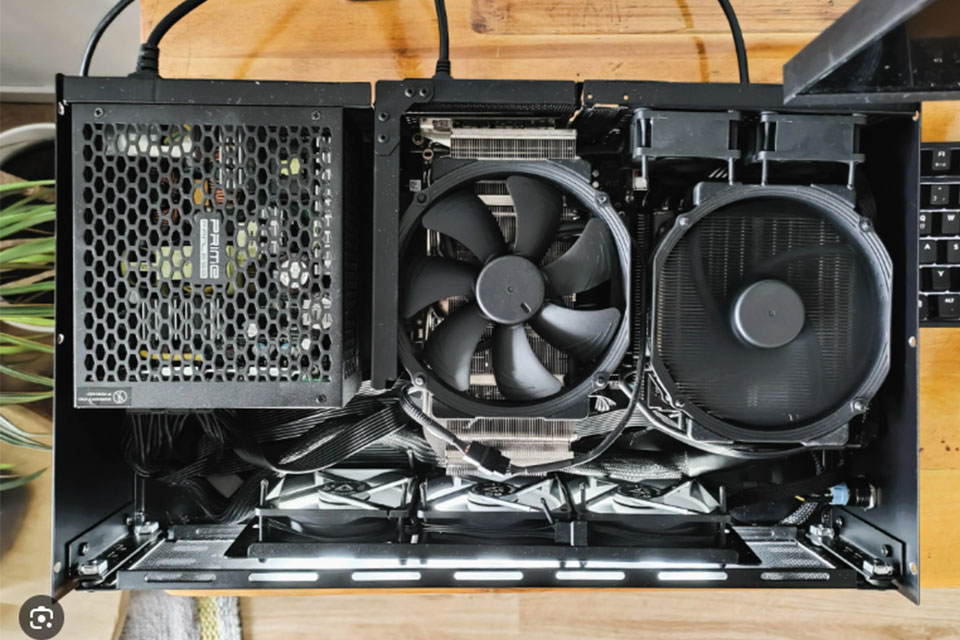
Reduced Total Cost of Ownership
While the initial purchase cost may be higher, the long-term savings from lower energy consumption, extended lifespan, and minimal maintenance result in a significantly lower total cost of ownership.
Challenges and Limitations
Despite their many advantages, the adoption of BLDC fans comes with certain challenges. Their higher initial cost, driven by the need for sophisticated electronic controllers, can be a barrier for some projects. The complexity of their control systems often requires specialized knowledge to design and implement effectively.
BLDC motors can also be sensitive to harsh environmental conditions such as extreme temperatures and moisture, which may require additional protective measures.
Furthermore, they can generate electromagnetic interference (EMI) that could impact nearby electronic components, necessitating careful planning and mitigation strategies.
Finally, regular maintenance and inspections are crucial to ensure their long-term reliability, adding a layer of operational overhead.



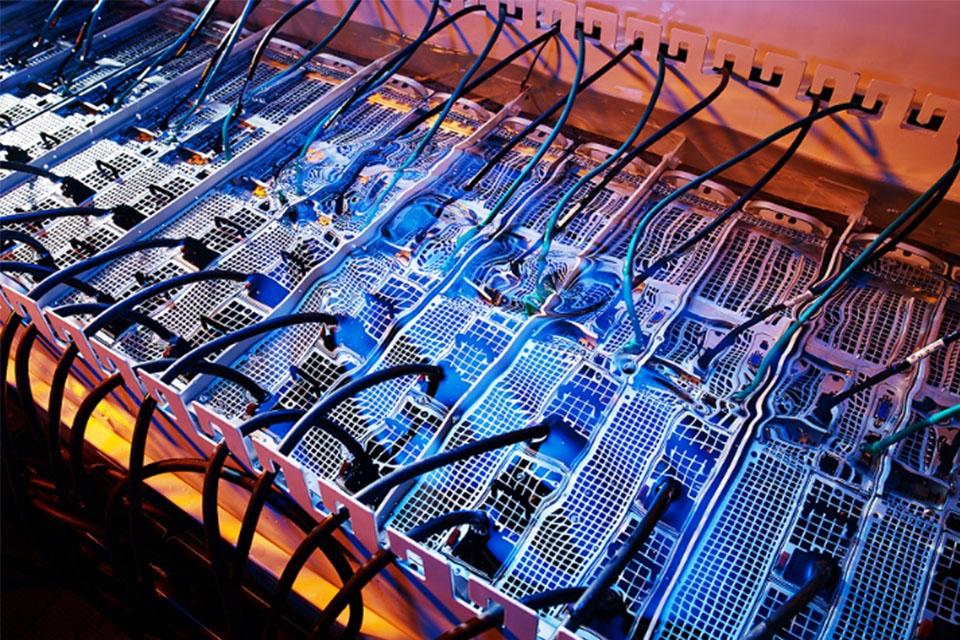 Why Blower Fans Are Essential in Fiber Optic Equipment
Why Blower Fans Are Essential in Fiber Optic Equipment
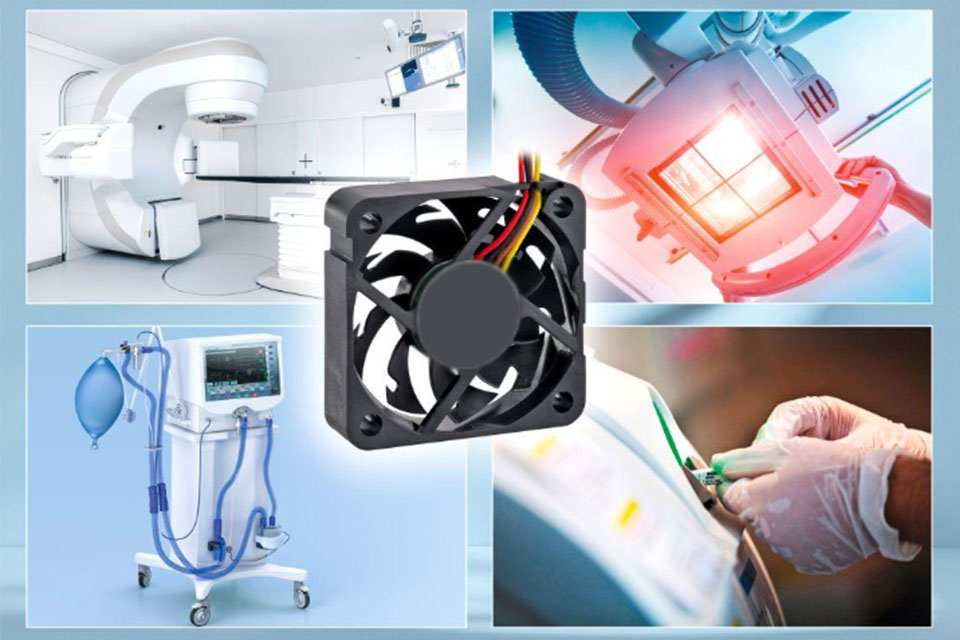 Cooling Fans in Portable Medical Devices
Cooling Fans in Portable Medical Devices
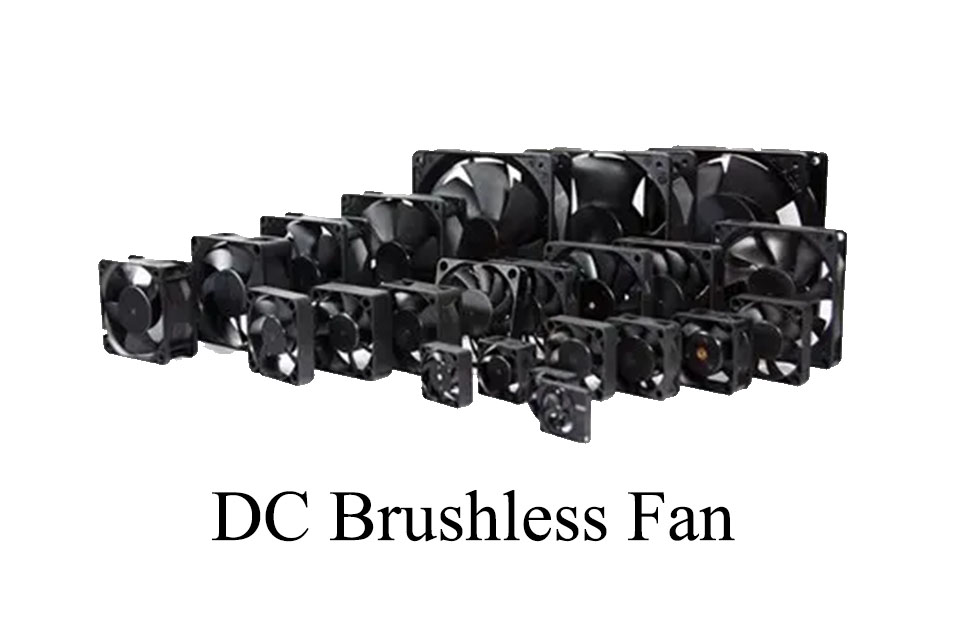 The Critical Role of DC Brushless Fans in Modern Electronics Cooling
The Critical Role of DC Brushless Fans in Modern Electronics Cooling
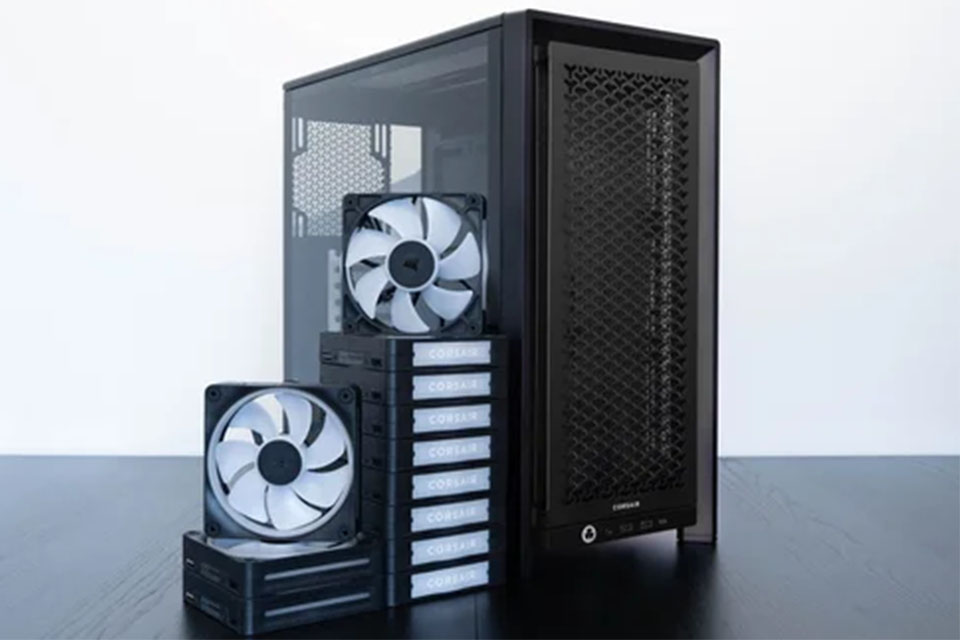 Water-Resistant DC Fans for Harsh Environments
Water-Resistant DC Fans for Harsh Environments

